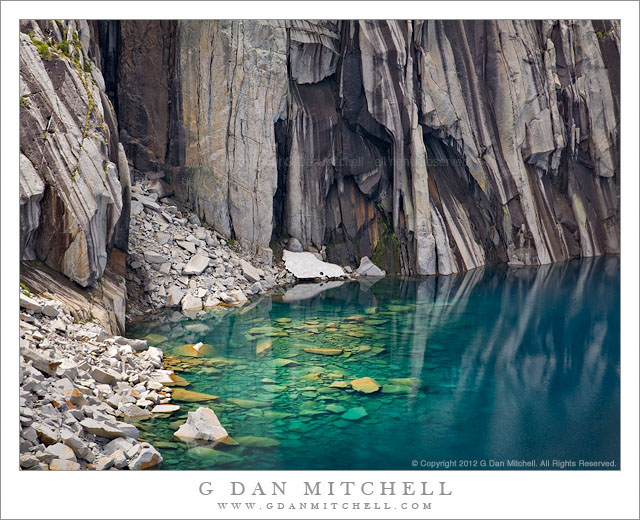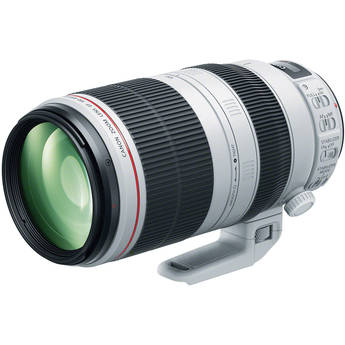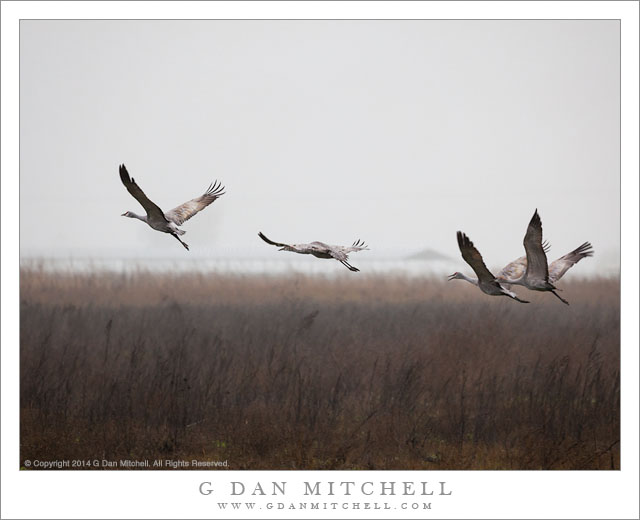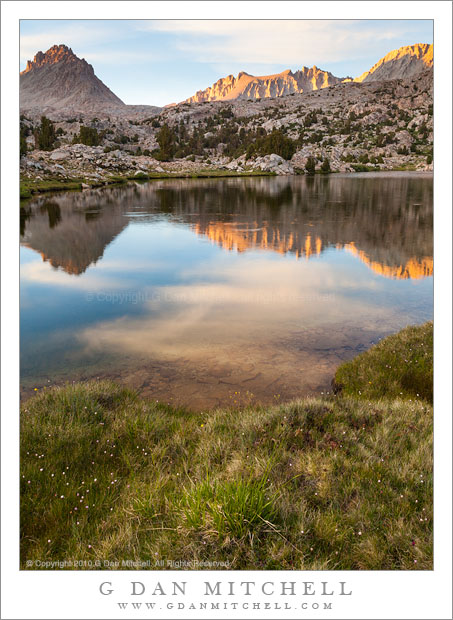(The “Myths and Platitudes” series of posts concerns common photographic beliefs that may be open to question. This article has been updated periodically.)

Recently a reader asked about lenses for landscape photography. As part of my reply (see “Landscape Lenses” in my “reader questions” series) I referred him to the older article on landscape lenses: .”Photographic Myths and Platitudes – ‘Landscape Photography Lenses’ (Part I).” In doing so I realized that “Part I” had been written way back in 2009, and that Part II was way overdue! (And… in the years since I originally wrote this article, parts of it have also needed updating.)
The myth or platitude that I left out of part I is a perennial one: Primes lenses are best for landscape photography. Given how often this comes up, it might seem surprising that I didn’t write about it sooner, but I put off dealing with it for several reasons. It can become a very big subject. Not everyone cares, since today most photographers have moved happily to zooms. The “primes are best” notion has been cherished by some for a long time. It is a subject about which folks can become quite passionately partisan, perhaps in part because it is one of the gear issues that lend themselves to technical arguments, or because lens choices can be a way to try to align oneself with certain approaches to landscape photography.
We often hear arguments for using prime lenses in landscape photography that include the following:
- Primes can produce higher resolution
- Primes may better control certain kinds of image distortion
- Using primes will slow you down and make you think more about your photography. (Conversely, using zooms will make you lazy.)
- Great landscape photographers have relied on primes for a long time.
- Primes provide some features that aren’t available from zooms
Before dealing with the question, let me reveal my own background and point of view. Continue reading Photographic Myths and Platitudes — ‘Landscape Photography Lenses’ (Part II)




